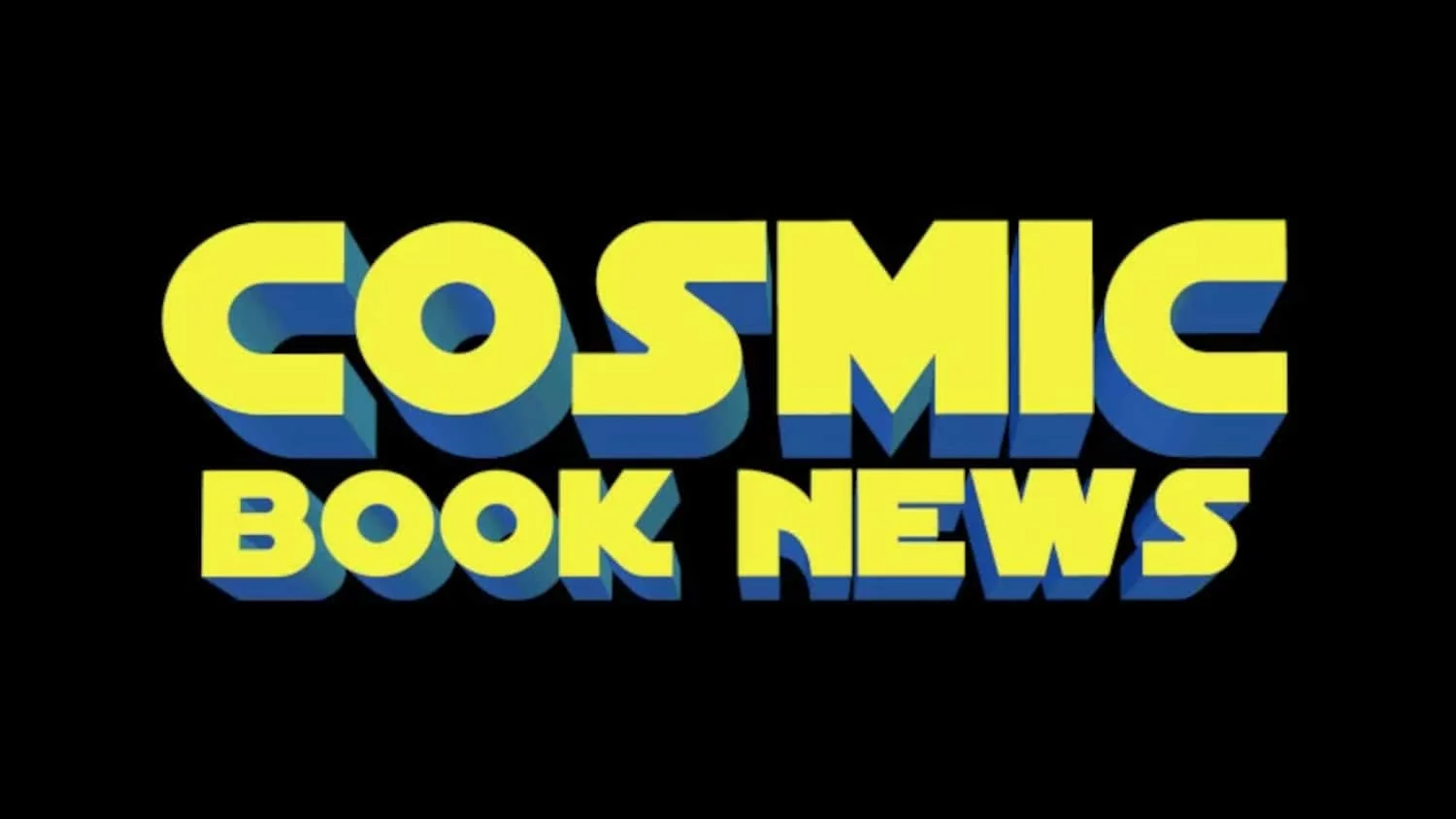Batman and Harley Quinn Review
Part Fan Service, Part Nostalgia A Film Review of Batman and Harley Quinn DC Universe original animated […]

Dive into the latest Reviews on movies, TV shows, comics, and video games. Explore detailed critiques, expert ratings, and comprehensive analysis of the newest releases. Whether you’re looking for recommendations or just want to stay updated, this is your go-to spot for honest and insightful reviews across all entertainment platforms.
Part Fan Service, Part Nostalgia A Film Review of Batman and Harley Quinn DC Universe original animated […]
Jenkins v Cameron: Steps Back or Forward? In an interview posted on Thursday the 24th of August
The Power of Showing over Telling A Film Review of Dunkirk Christopher Nolan is one of the
(Yet) Another Cinematic Universe A Film Review of The Mummy Ask Marvel Studios and Warner Bros. Cinematic
Put One in the “Win” Column A Film Review of Wonder Woman DC and WB needed a
A Pirate’s Life is Done A Film Review of Pirates of the Caribbean: Dead Men Tell No Tales
Bugs in Need of a Dirt Nap A Film Review of Alien: Covenant I cannot in recent
Adrenaline, Steroids, Bombastic Action, But… A Film Review of The Fate of the Furious … these movies
Cyberpunk 2017 A Film Review of (the live action) Ghost in the Shell Live-action adaptations of animated
A Reboot is a Remake is a Reboot A film review of (the live action) Beauty and the
No Country for Old Mutants A Film Review of Logan Is this the Wolverine movie we all
“Evil” is Cultivated What the MCU Needs To Do To Make Thanos an Ultimate Villain Marvel’s cinematic
Tactical, Visceral, Action A Film Review of John Wick: Chapter 2 Keanu Reeves is back and he’s
Complete Global Emancipation A Film Review of Resident Evil: The Final Chapter Freedom; we are free at
Third Time’s a Charm? A Film Review of Suicide Squad At first glance, the idea of Suicide
Trekking Water A Film Review of Star Trek Beyond Star Trek Beyond is a film that unknowingly delivers
The Joke’s on Us A Film Review of Batman: The Killing Joke Once again, Warner Bros. has seen
Something Meh in the Neighborhood A Film Review of Ghostbusters (2016) If you didn’t realize there was
They Didn’t Stop To Think If They Should A Film Review of Independence Day: Resurgence First of
Ultimate Victory A Film Review of Captain America: Civil War There are event films and then there